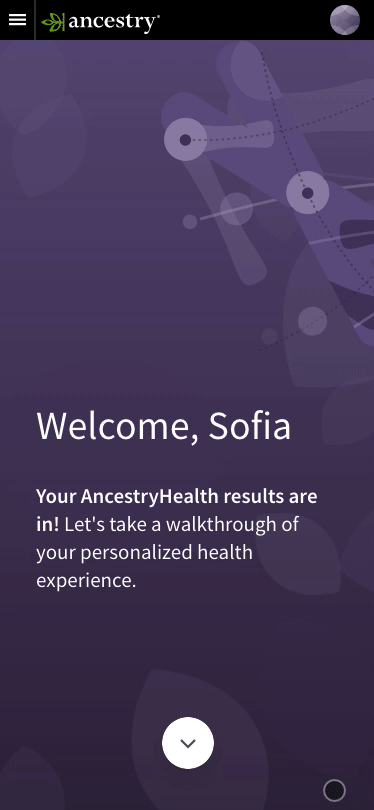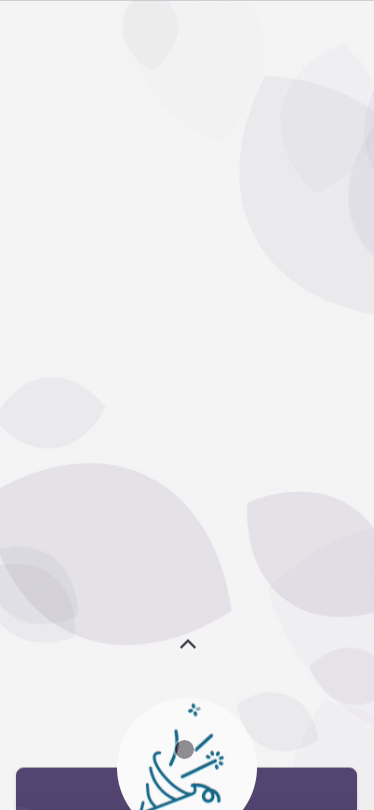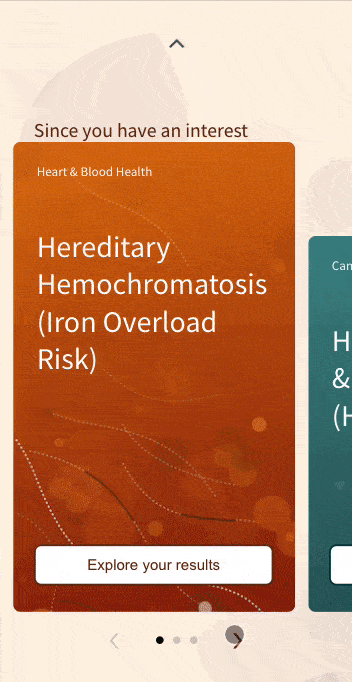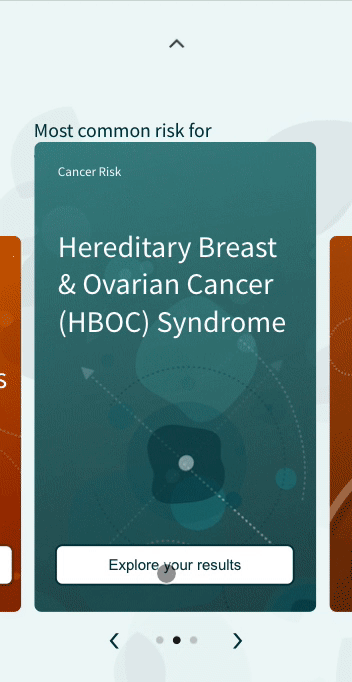Genetic Health Risks Onboarding
Role: Team Lead & Lead Product Designer | Device: Mobile app | Duration: 48hr Hackathon
OVERVIEW
I was the team lead for this project which won the companywide Empower 2020 Hackathon, and got voted for the Best Design Award. We started from a user problem synthesized from CSAT verbatims and generated the solution through a design-led approach. We created an intuitive and engaging onboarding experience for users receiving their AncestryHealth results. The project was later adapted into a prioritized MBI for production before Ancestry discountinued Health product in 2021.
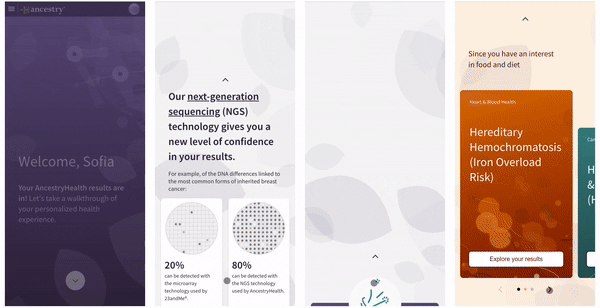
Pic. 1 Video captures of the hackathon prototype


